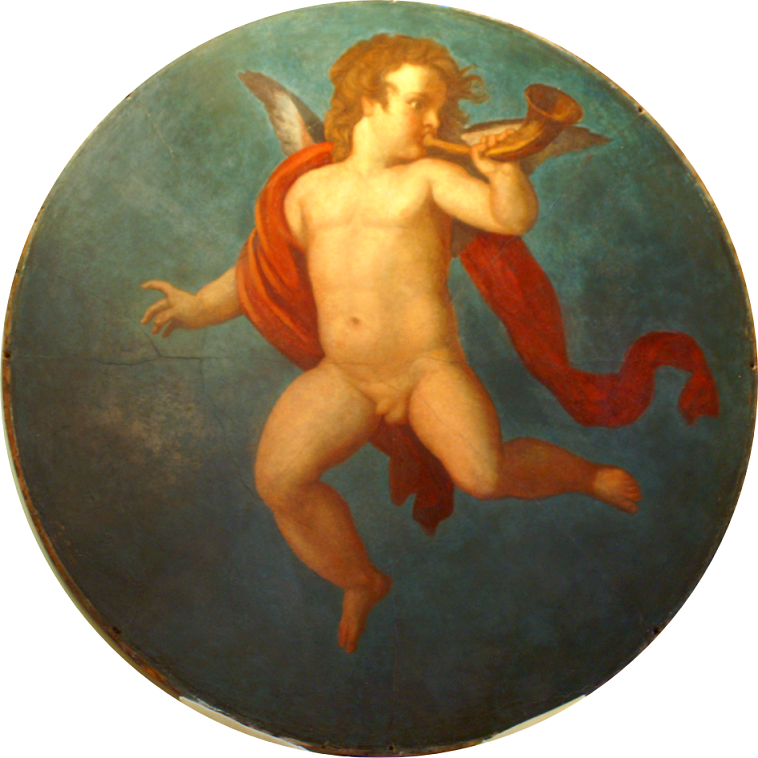 After five years of intense studies, an international team of researchers, starting from the universities of Coimbra (UC), Hannover and Mainz (Germany) and Valladolid (Spain), having recently joined the Japanese universities of Shizuoka, Tsukuba, Yokohama and Tokushima, attests to the authenticity of “Trumpeting Putto”, one of the first paintings by the Austrian painter Gustav Klimt who thought himself lost, putting an end to a strong controversy surrounding this work of art.
After five years of intense studies, an international team of researchers, starting from the universities of Coimbra (UC), Hannover and Mainz (Germany) and Valladolid (Spain), having recently joined the Japanese universities of Shizuoka, Tsukuba, Yokohama and Tokushima, attests to the authenticity of “Trumpeting Putto”, one of the first paintings by the Austrian painter Gustav Klimt who thought himself lost, putting an end to a strong controversy surrounding this work of art.
Of the various proofs obtained by scientists during the extensive and complex analyses, the discovery of two authentic signatures of the author of the famous painting “O Beijo” stands out, hidden in the front and back of the work.
The discussion started in 2012, when collector Josef Renz acquired the painting, which had been found in a garage in northern Austria. At the time, experts and art historians came to the public to question the authenticity of the work, promoting heated discussions.
Faced with the controversy, reported in various media around the world, it was decided to request the intervention of scientists to clarify the authenticity of “Trumpeting Putto”, a work that was part of the ceiling of the Klimt studio in Vienna, where the painter lived with his brother Ernst between 1883 and 1892. The work disappeared when an elevator was installed in the building and it was believed that it had been destroyed.
Benilde Costa, from the Physics Department of the Faculty of Science and Technology of the University of Coimbra (FCTUC), is part of the multidisciplinary team responsible for studying the work.
Specialist in Mössbauer Spectroscopy, the researcher and professor applied this technique to study the frame, using a portable spectrometer provided by NASA. The Mössbauer Spectroscopy, explains Benilde Costa, "allowed the identification of the pigments used in the painting without the need to extract samples from the work".
The painting, which has been completely restored, was presented yesterday, April 4, at a Press Conference at the Sprengel Hannover Museum (Kurt-Schwitters-Platz). Around the centenary of Gustav Klimt's death, specialists will explain all the scientific work that has made it possible to clarify the authenticity of the work that was thought lost.
The work “Trumpeting Putto” is a large circular painting with a diameter of about 1,70 meters. Once its authenticity has been deciphered, studies continue, now with the collaboration of the German and Austrian Criminal Police, as it is an extremely valuable framework.
Author: Cristina Pinto (Press Office – University of Coimbra)
Science in the Regional Press – Ciência Viva


















Comments